The History of the Pleasantville Police Department
And its Chiefs of Police
As Written by Roger W. Arlen and Alice M. Foster in “Pleasantville Early Days 1888-1988”
In 1888, the Borough of Pleasantville’s need for a police force was not a priority. "The Gateway to Atlantic City" had only one Marshall in the early years. D.S. Edwards was the borough's first Marshall, elected by Council on February 2, 1889. The second Marshall elected in the borough faced a new problem. On July 2, 1891 the Council authorized Marshall Henry Reinar to arrest all tramps found in the borough. He would be paid 50 cents for each arrest.
As the borough grew, so did its need for a jail. The first jail was a twelve-foot addition to the fire house, approved on August 2, 1897. Two cells were purchased and installed by James Lafferty. A watchman would stand guard over a prisoner. He would be paid $1.25 per day and his meals would be furnished at 15 cents per meal.
The need for more officers was addressed by the Mayor on May 11, 1903 when three Marshalls were appointed. Each was responsible for a certain section of town. Over the next several years, rules and regulations were formulated and ordinances passed governing the officers, many of which are still on the books. The department's first scandal came when the Mayor suspended Officer George Adams without pay for the charge of larceny. He later resigned.
With rules and regulations now in place, the City's first Police Chief was appointed February 1, 1915. Chief Clarence Krewson commanded a 5-man department. Chief Krewson had a salary of $85.00 per month and his patrolmen were paid $70.00 per month.
Until March of 1923, the only transportation the Police officers had was shoe leather. It was then that the City purchased two bicycles for the department. However, in April of 1925, the City purchased a patrol car and an ambulance. Shortly thereafter, the Chief of Police was assigned a two door Sedan and a telephone was installed in his home. The Chiefs car, a Whippet Coupe, was purchased for $647.50.
Means of communication for Patrol Officers was the telephone or call boxes. In May of 1937, Walter Atkinson was appointed a radio technician and police cars were to have radios installed. This marked a long stride in the modernization of the police force.
As the population grew, so did the need for patrols. Although Special Officers had almost always been a part of the department, the need was ever greater for their service.
The special officers handled a large part of the traffic problems that were a result of the City's growth. By 1939, the number of special officers had reached 15. During the war years, the specials assisted the regular police with many of the duties. They were always prepared to assist in many different emergencies.
Belleville Naylor resigned as Chief in 1946 and Walter Atkinson took his place. Atkinson administered the department through a time of steady growth and prosperity.
Lewis Hawkins became Chief in 1962. Hawkins was said to be a hard but fair administrator. Due to an unfortunate accident, he was forced to step down in 1968 and was replaced by Harry Baldwin.
The 60's was a time of social unrest. This was not confined to just large cities; even Pleasantville had its share of problems. The Police Department handled many incidents.
The fires of unrest spilled over when in the late 60's the old police station, formerly a WPA restroom, was picketed by The Congress of Racial Equality (CORE) and the NAACP over an alleged police brutality case.
Again in 1972 at the high school, racial unrest resulted in several dozen disturbances which spilled over into the streets surrounding the school. The unrest prompted full mobilization of the local police as well as several members of surrounding police departments. The State Police sent down observers and a helicopter to locate roaming gangs of disorderly youths. Things did settle down after a few days and the leadership pf the community and school got their heads together to make changes designed to pre vent a recurrence of the strife.
It was shortly before the high school disturbance when Chief Richard Boney (July 1974) took command of the department and led it through the remainder of the 70's. In 1979 a new police complex was built on a city owned parking lot next to the existing police station. This new and modern building was the latest design of the day. The building also incorporated the municipal court and assorted offices. This consolidated the criminal justice functions and eliminated the need to take prisoners to City Hall for court.
In 1982 Chief Boney retired and Chief Peterson took over the reins of the department. The membership of the department at this time was forty-three sworn officers.
Chief James M. Williams
2022-Present

Chief Sean Riggin
2015-2021
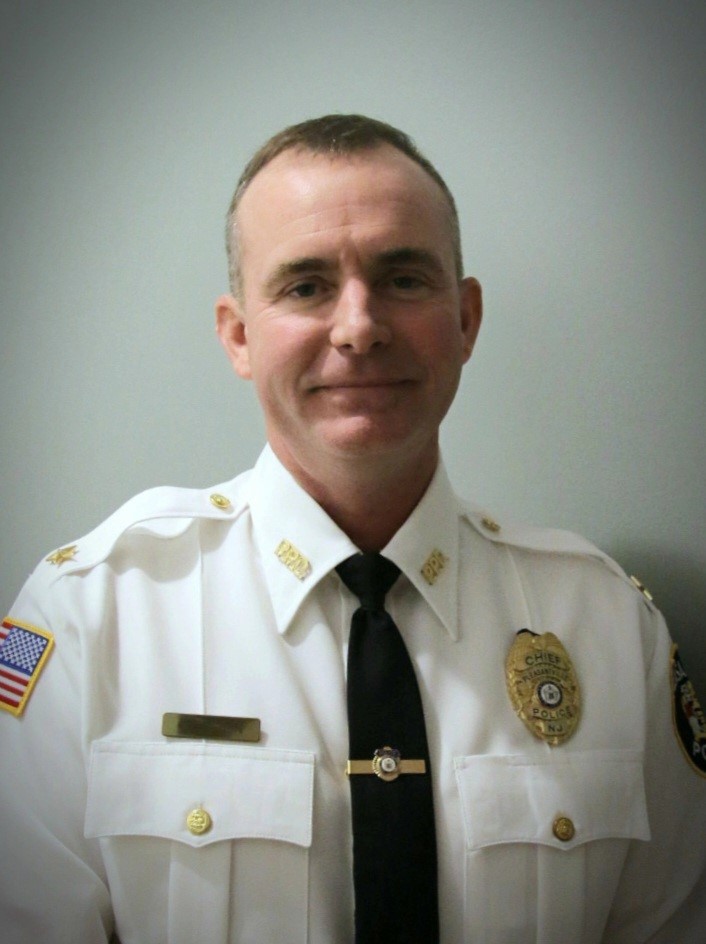
Chief Jose Ruiz
2012-2015
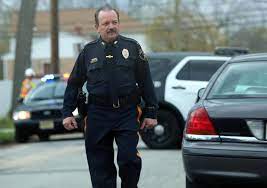
Chief Duane Comeaux
2004-2011
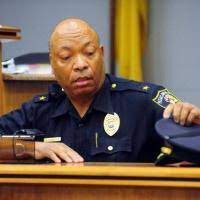
Chief Russel Whaley
2003-2004
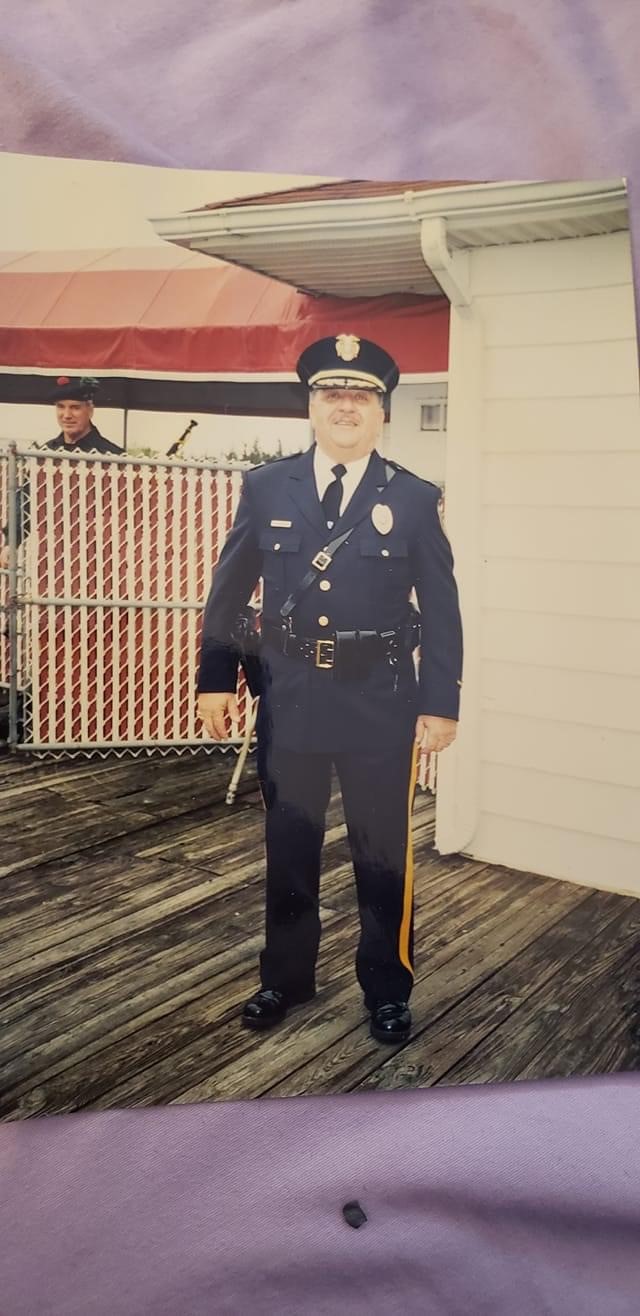
Chief Richard Gray
1998-2002

Chief Paul Moore Sr

Chief Harold Hill

Chief Ralph Peterson Sr.

Chief Richard Boney
1974-1982
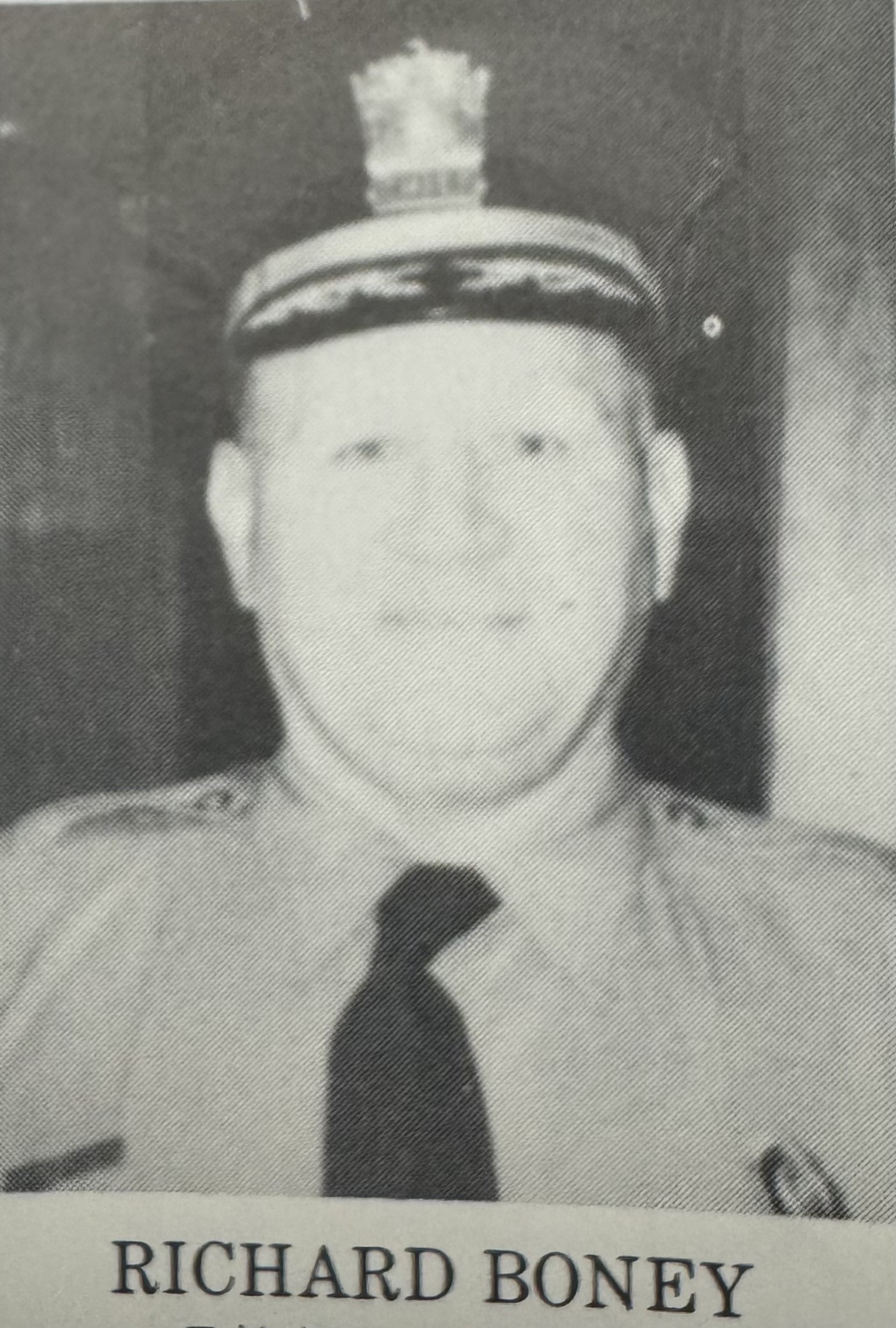
Chief Harry Baldwin

Chief Lewis Hawkins

Chief Walter M. Atkinson

Chief Belleville Naylor
1925-1946
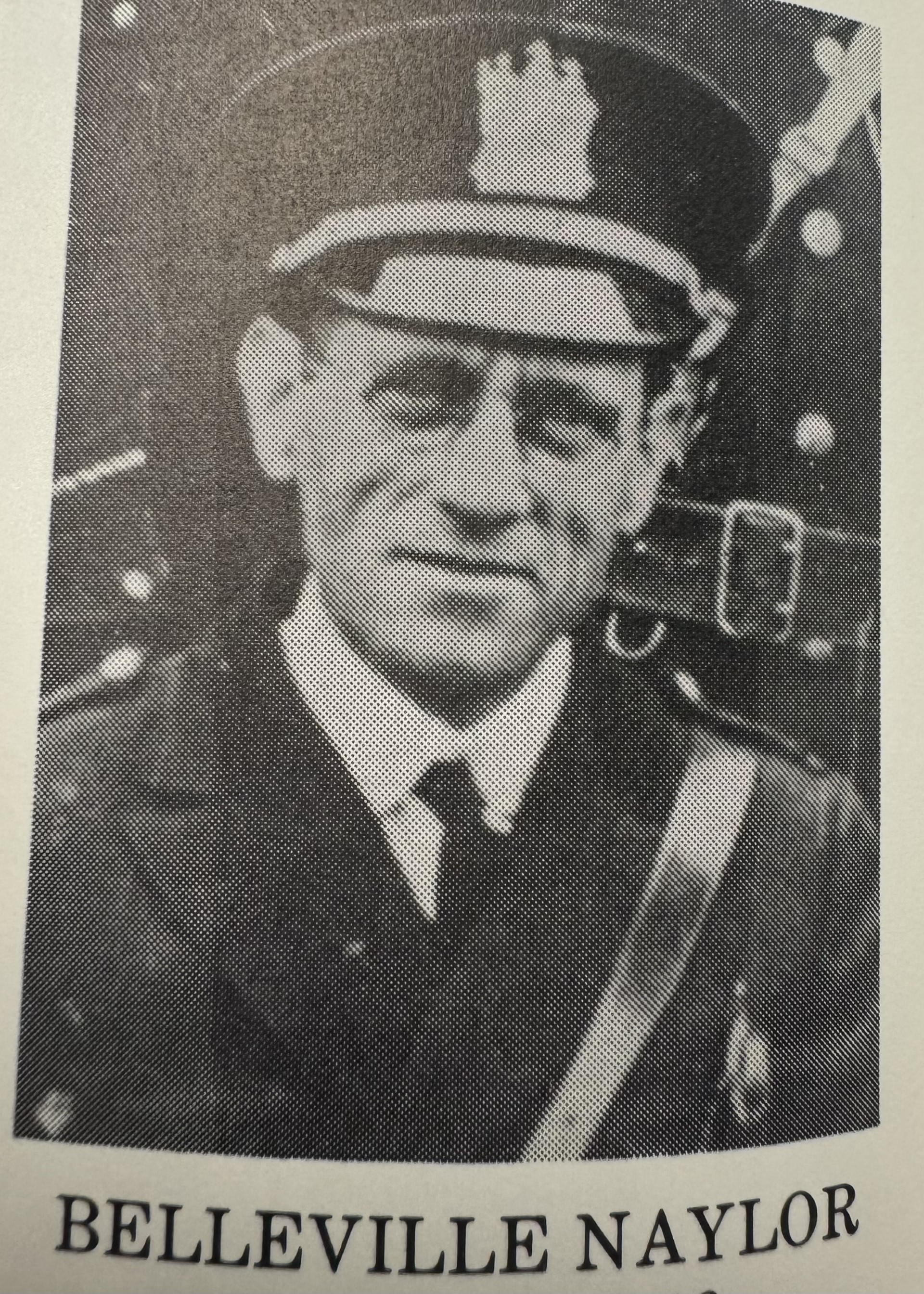
Chief Marshall
1919-1925
Chief Krewson
1915-1919
